Linking indigenous species with urban ecosystem services in restoration efforts
Cities need to know where to prioritize investment for their restoration efforts, and this requires an understanding of the biodiversity and landscapes within the area. Successful ecosystem restoration efforts depend on the availability of data and information on the relevant ecosystems, including the changes in land use and ecological integrity. Accordingly, Dar es Salaam has developed a native biodiversity catalogue as part of the Integrated Action on Biodiversity (INTERACT-Bio) project. This project is funded by the International Climate Initiative (IKI) supported by the Federal Ministry for Economic Affairs and Climate Action (BMWK) in close cooperation with the Federal Ministry for the Environment, Nature Conservation, Nuclear Safety and Consumer Protection (BMUV). The aim of the catalogue is to inspire awareness of the uniqueness of the city’s natural heritage (being located in a biodiversity hotspot), the role and importance of native fauna and flora for local conservation efforts, local economies and for mitigating risks associated with climate change, food security and public health. Its development utilized assessments of the city’s biodiversity and ecosystems based on the selection of a subset of fauna and flora species in the city, making it a useful resource for understanding opportunities to purposefully incorporate local biodiversity and ecosystem services into greening plans as well as grey infrastructure developments.
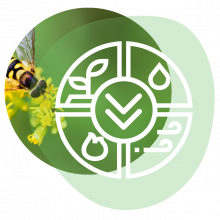
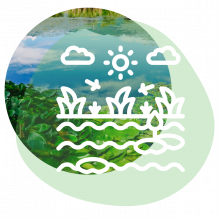


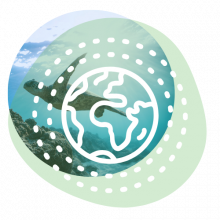
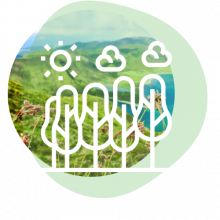
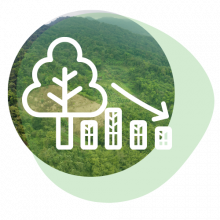
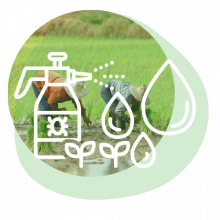

 Loss of forest cover and forest degradation, including from urbanization, are one of the contributors to climate change. Growing demand for charcoal, firewood and housing are among the key drivers of deforestation worldwide. Cities play a critical role in
Loss of forest cover and forest degradation, including from urbanization, are one of the contributors to climate change. Growing demand for charcoal, firewood and housing are among the key drivers of deforestation worldwide. Cities play a critical role in 


 Oceans provide us with food, regulate our climate, and generate most of the oxygen we breathe. They underpin key sectors of the economy such as tourism and fisheries and their biodiversity range from whales and plankton to penguins, in habitats from sun-lit reefs to polar oceans. However, degradation of marine and coastal ecosystems
Oceans provide us with food, regulate our climate, and generate most of the oxygen we breathe. They underpin key sectors of the economy such as tourism and fisheries and their biodiversity range from whales and plankton to penguins, in habitats from sun-lit reefs to polar oceans. However, degradation of marine and coastal ecosystems  While peatlands cover only 3% of the world’s land, it
While peatlands cover only 3% of the world’s land, it 